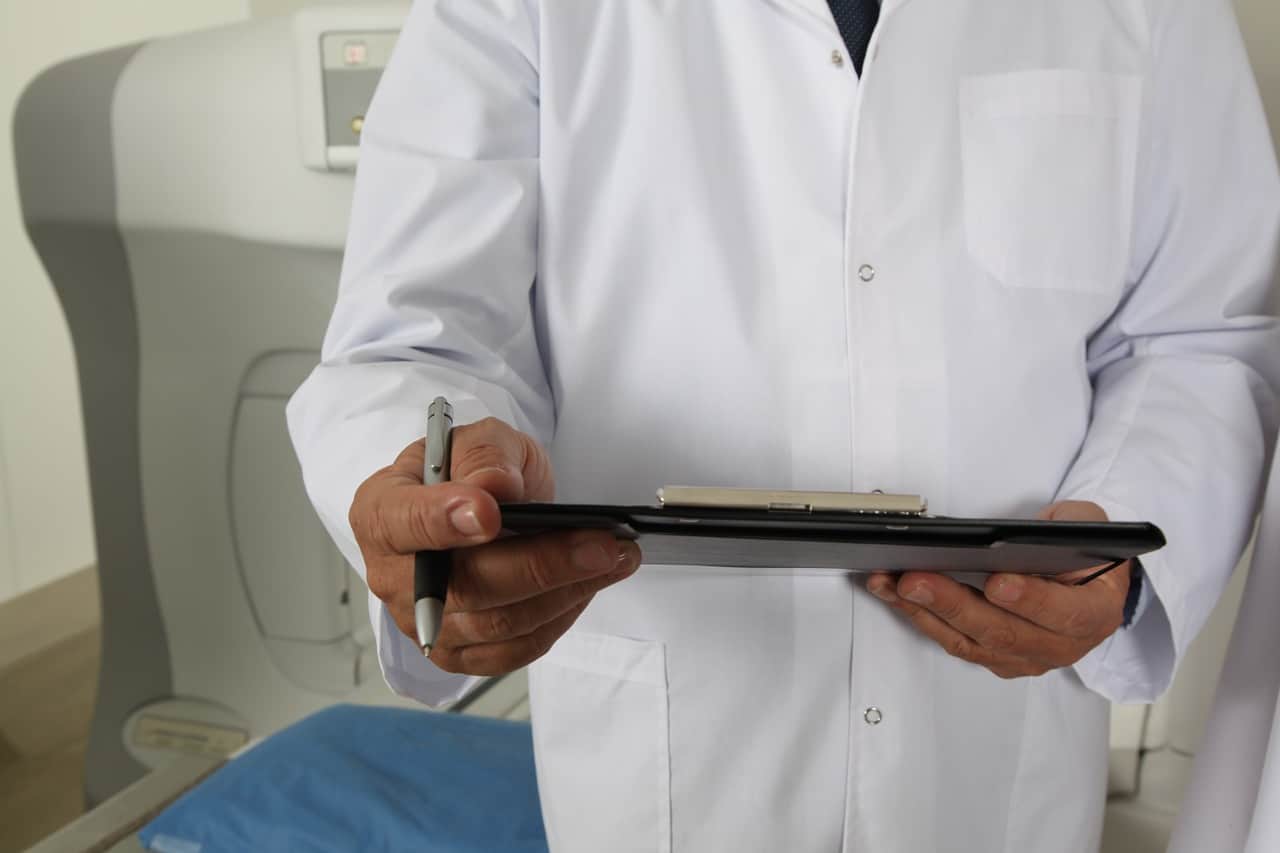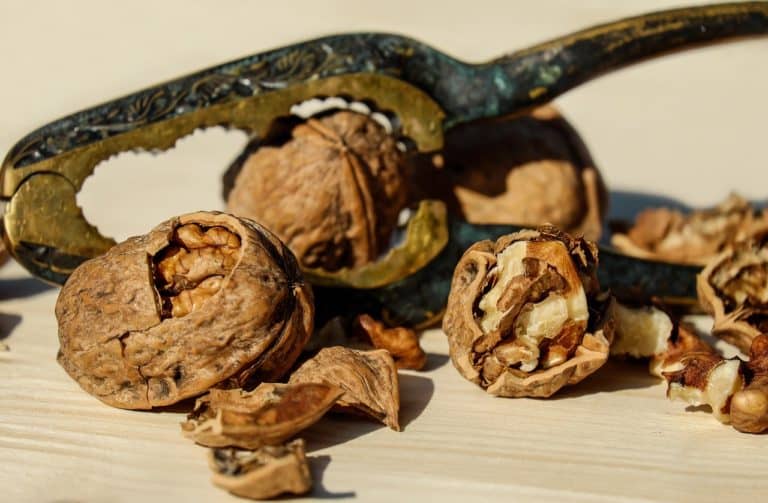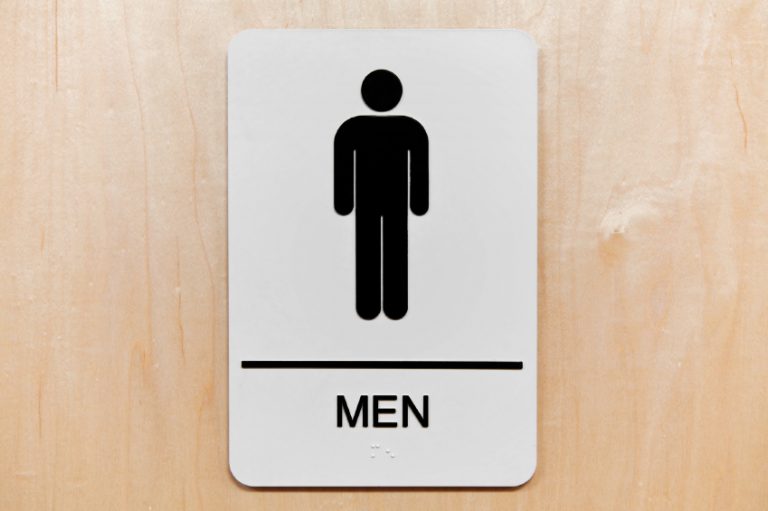Men who are experiencing urine leakage and urinary symptoms need to consult a healthcare professional to help uncover the cause of these concerns. Doctors diagnose urinary incontinence using a variety of methods.
For example, your doctor will ask you about your urinary habits, what urinary incontinence symptoms you have been experiencing, and whether you have any neurological conditions. You should also be questioned about your dietary habits to see if you are consuming foods or beverages that could irritate your bladder.
This information, along with whatever your doctor uncovers after performing one or more of the following tests, can help lead to an accurate urinary incontinence diagnosis.
- A digital rectal exam (DRE) is a standard test to help identify any problems with the prostate gland, which could be a factor in overactive bladder. A DRE involves your doctor inserting a gloved, lubricated finger into your rectum and pressing on the prostate to feel for any abnormalities in size or shape.
- A urinalysis involves taking a urine sample, which your doctor will have examined to see if you have any signs of infection or other problems; for example, the presence of red blood cells indicate bleeding in the urinary tract, proteins are a sign of a kidney problem, while white blood cells indicate a urinary tract infection.
- An ultrasound of the bladder may be done to identify how much urine is left in the bladder after you urinate (called post-void residual) and help your doctor determine if there is an obstruction or weak bladder muscles.
- A uroflowmeter is an instrument that measures urine flow rate. You will be asked to urinate into the device, which translates the information into a graph of changes in flow rate, the amount of urine you void from your bladder, and flow time.
- Cystometry is a test that measures the amount of pressure in the bladder during filling. One catheter is used to fill your bladder slowly with water while another one containing a pressure sensor is placed in your rectum. This test can detect involuntary muscle contractions and the level of pressure at which you feel the urge to urinate or experience leakage.
- Electromyography measures bladder nerve impulses. Sensors are placed either on or in the skin of your pelvic floor, and they detect nerve impulses in your bladder muscles and urinary sphincter.
- During a cystoscopy, your doctor inserts a long thin tube into your penis through the urethra until it enters the bladder. The cystoscope has a tiny lens that allows your doctor to see inside your bladder and urethra. He or she can look for abnormalities such as bladder stones or tumors, determine how strongly the prostate is squeezing the urethra, and see if there is any urine remaining in the bladder after voiding.







